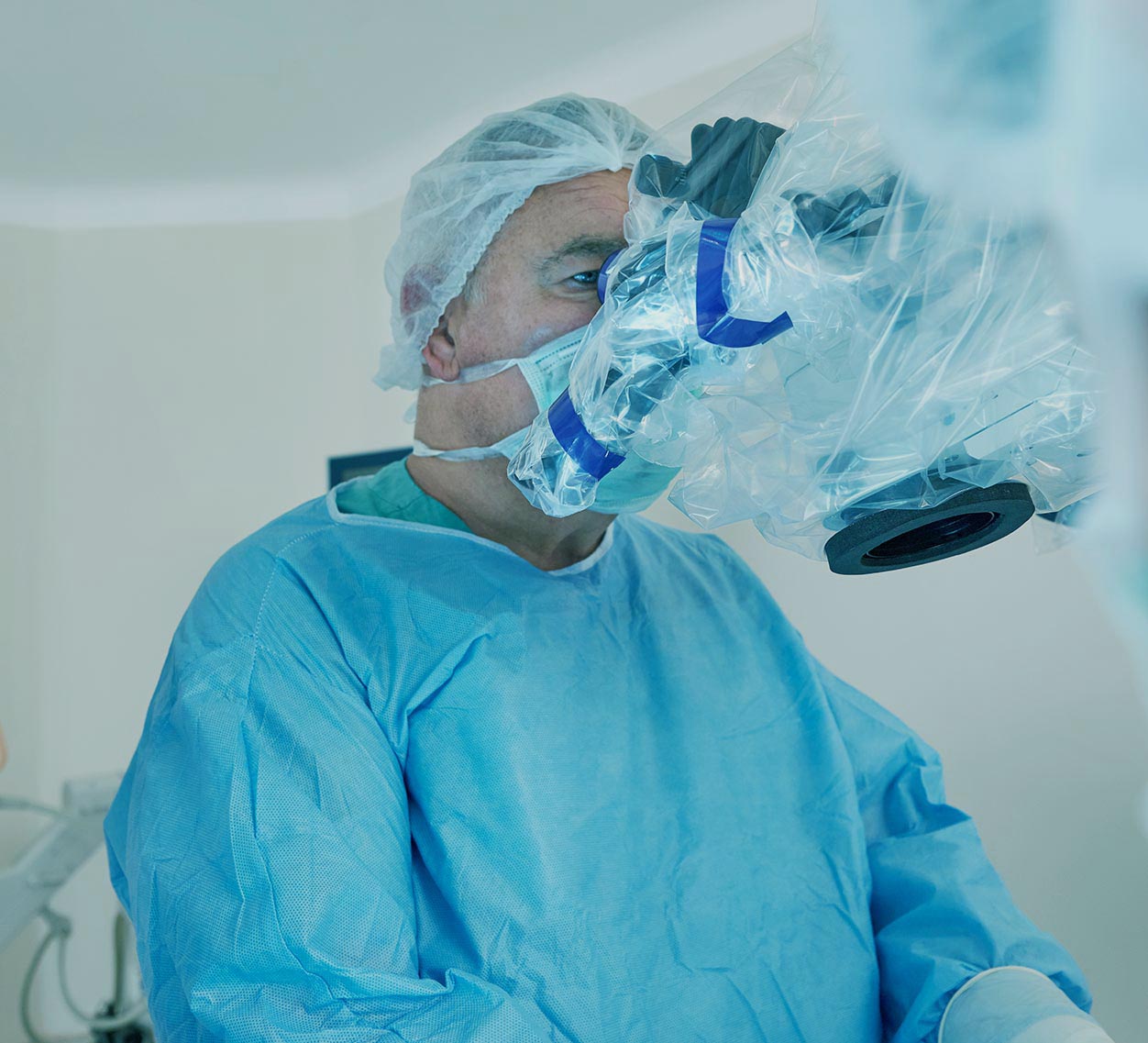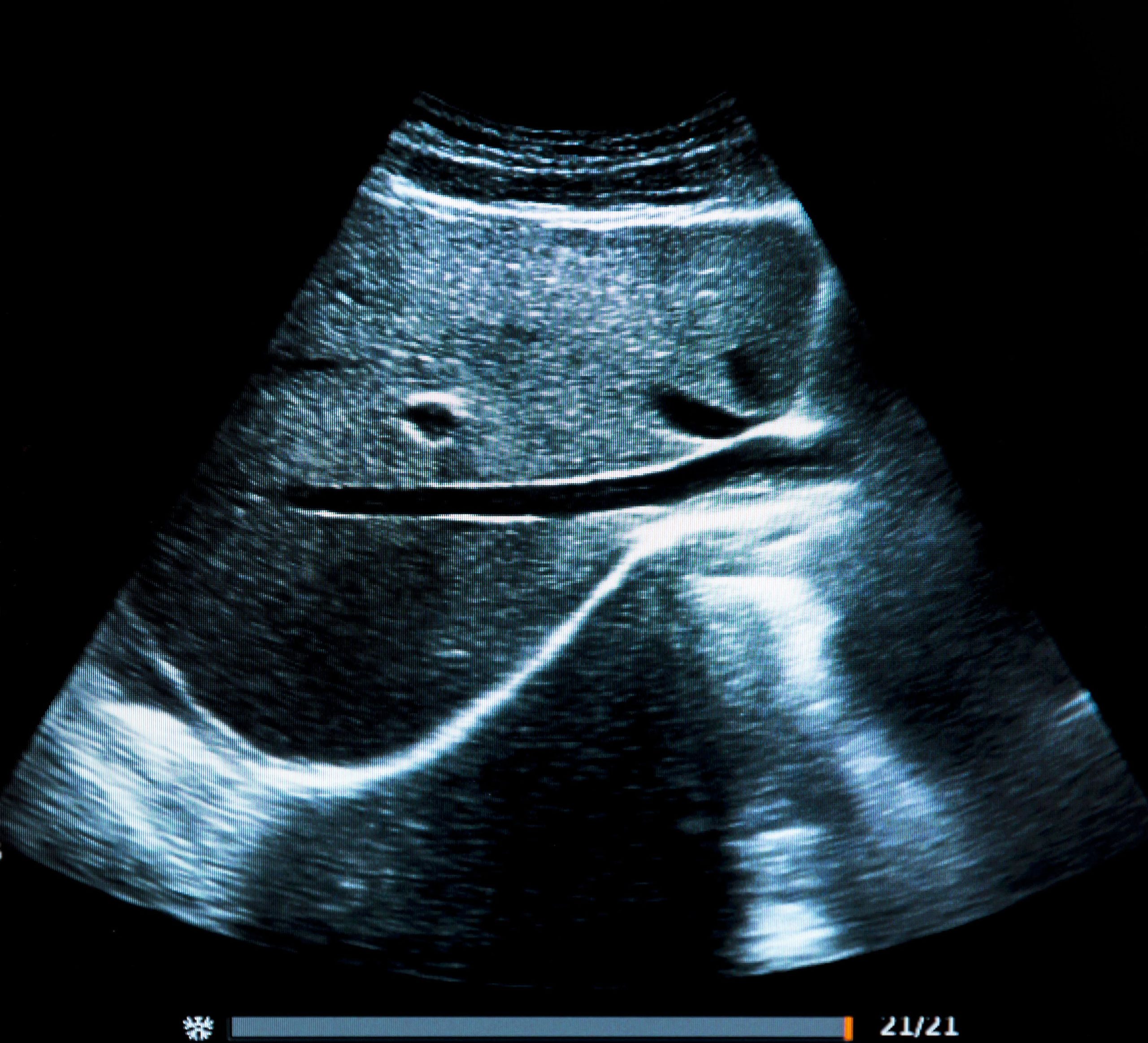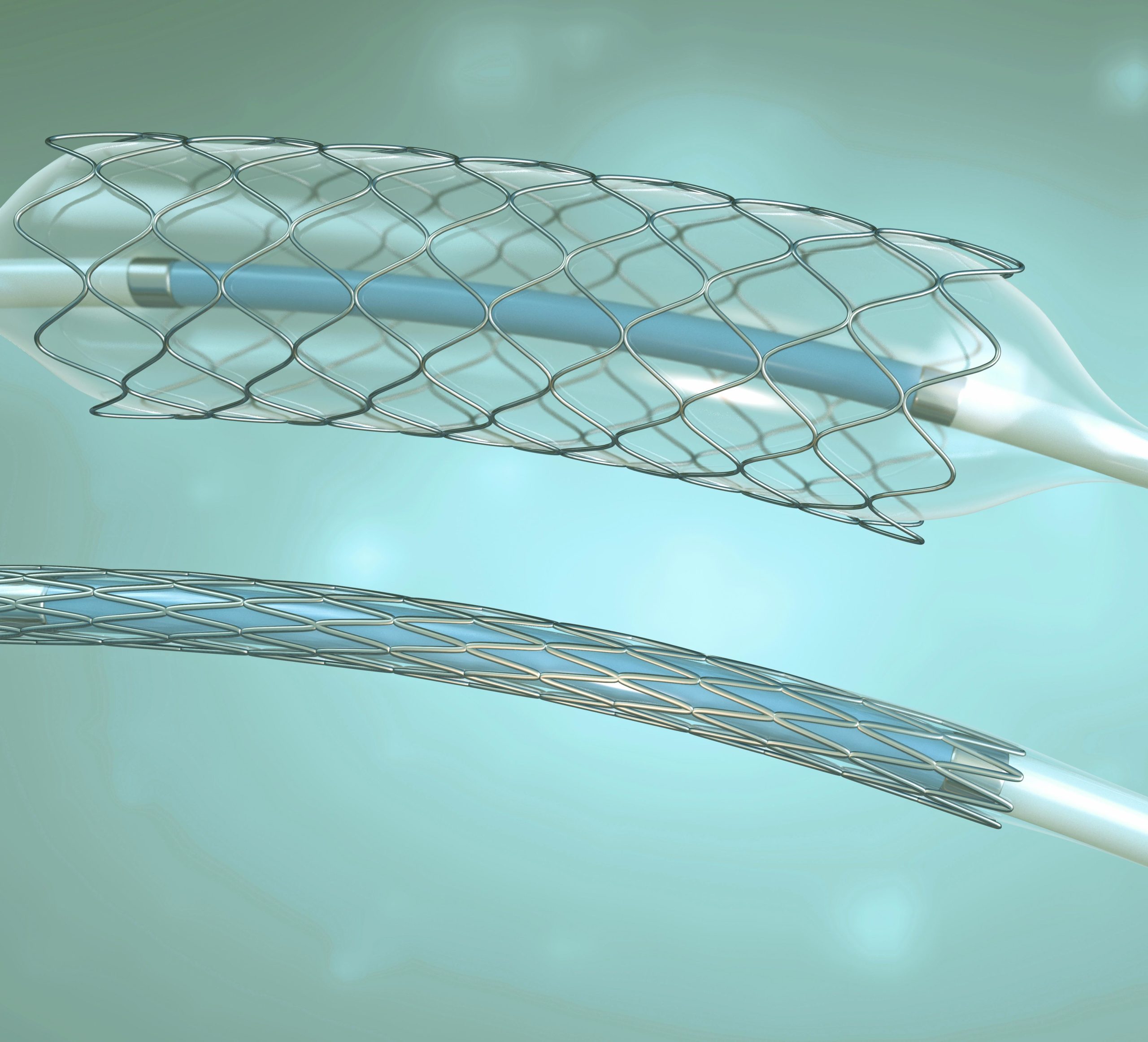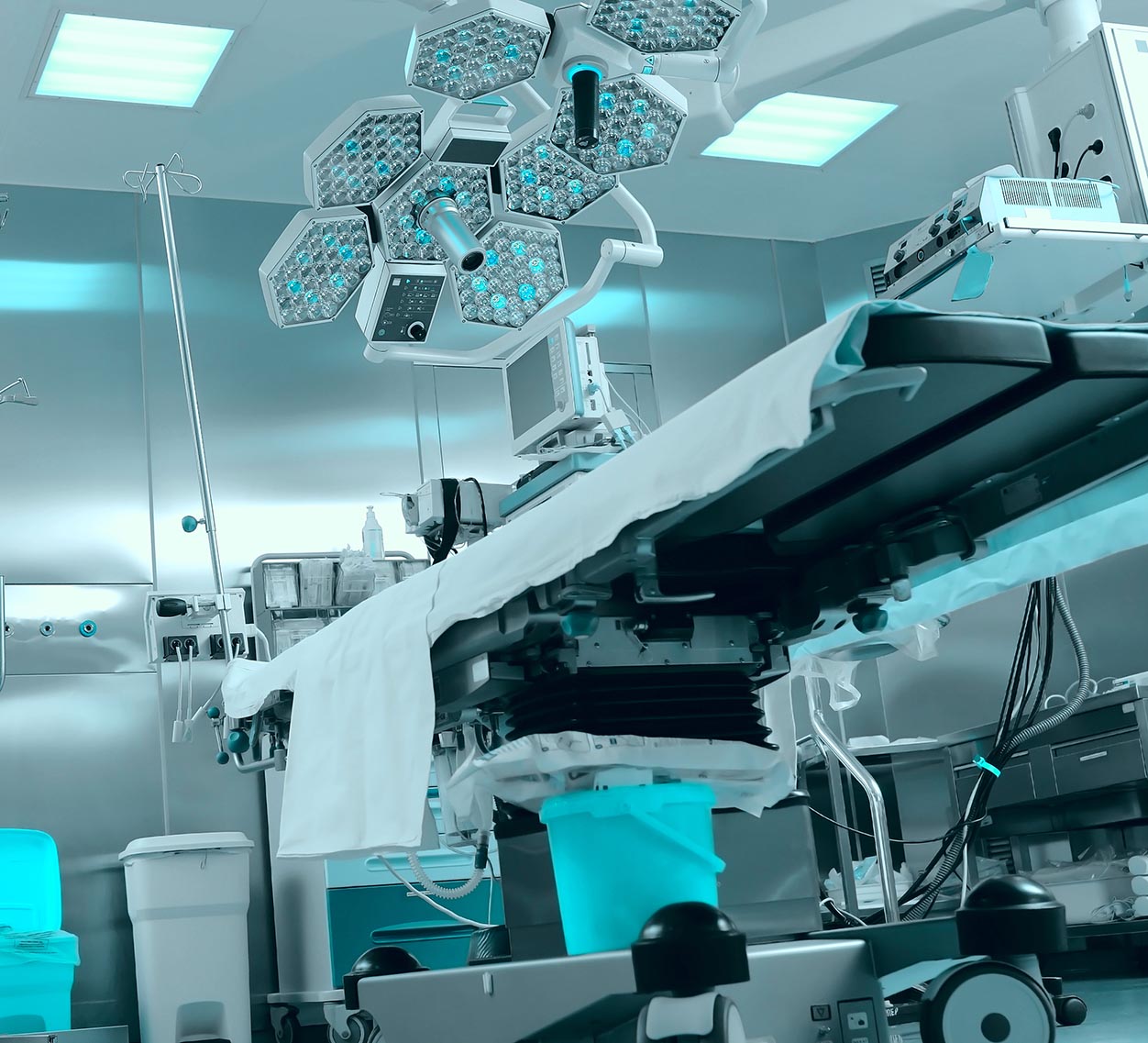Surgical Innovations
SSIM’s multidisciplinary systems approach is the basis of its success, and has helped forge its quickly growing national and international reputation.
Here, surgeons in the Department of Surgery work alongside experienced and innovative electrical, computer, biomedical, mechanical, and chemical engineers, as well as physicists, chemists, and biologists and dozens of creative and talented scientists from industry, government labs, medical facilities including the Detroit Medical Center (DMC) and Henry Ford Health Systems (HFHS), and other institutions of higher learning.
This unusually broad collaboration allows the program to perform all stages of project development from the fundamentals to application, or, as SSIM researchers like to say, “from atoms to man.”




